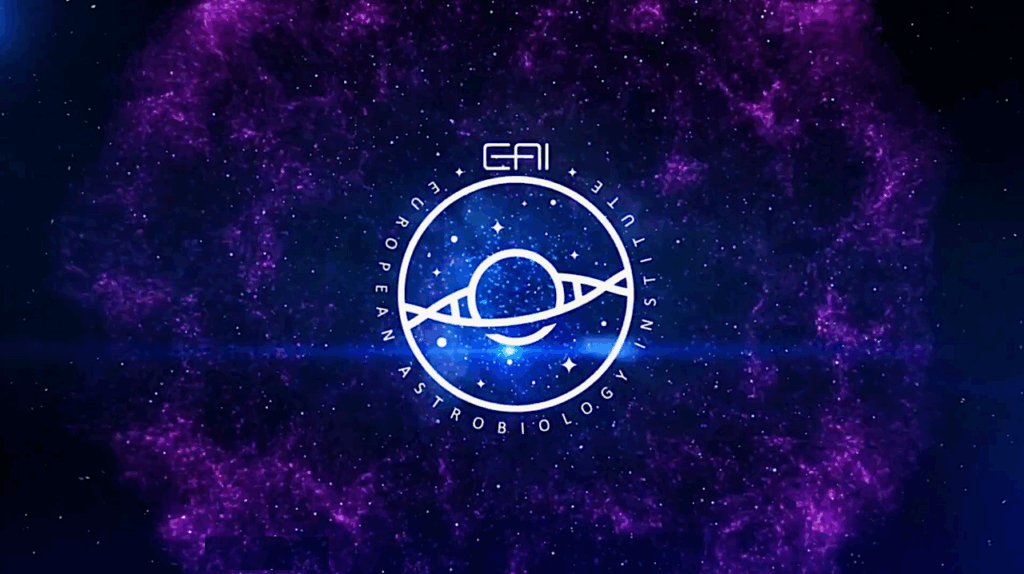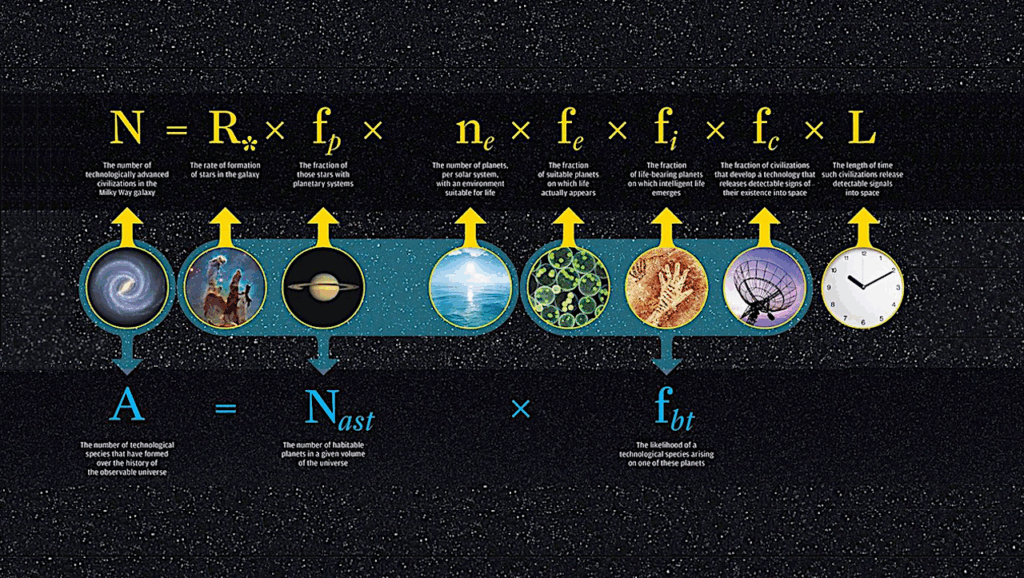Testimony of Dr. Mary A. Voytek, Hearing on Astrobiology

“For thousands of years, humans have looked up at the stars and wondered whether life exists beyond our home planet.”
December 4, 2013
Statement of Dr. Mary A. Voytek Senior Scientist for Astrobiology
National Aeronautics and Space Administration
before the Committee on Science, Space and Technology U.S. House of Representatives
Mr. Chairman and Members of the Committee, thank you for the opportunity to appear today to discuss the topic of Astrobiology. For thousands of years, humans have looked up at the stars and wondered whether life exists beyond our home planet. This curiosity was renewed with the latest discovery by NASA’s Kepler mission of 833 new candidate planets outside our solar system. Ten of these candidates are less than twice the size of Earth and orbit in their star’s habitable zone. With Kepler’s help, more than 3,500 potential worlds have now been identified orbiting stars other than our Sun, reminding us just how important NASA’s work is to understand the universe and the potential for life beyond our solar system.
Even today, children wonder, where did I come from? Astrobiology seeks to answer this enduring question.
What is astrobiology?
Astrobiology is the study of the origin, evolution, distribution, and future of life in the universe. It addresses three basic questions that have been asked in various ways for generations:
How does life begin and evolve? Does life exist elsewhere in the universe? What is the future of life on Earth and beyond?
In striving to answer these questions, experts in astronomy and astrophysics, Earth and planetary sciences, biology and chemistry, and other relevant disciplines participate in astrobiology research to achieve a comprehensive understanding of biological, planetary, and cosmic phenomena and the relationships among them.
This multidisciplinary field encompasses the search for habitable environments in our
Solar System as well as habitable planets outside our Solar System. Astrobiology embraces the search for evidence of prebiotic chemistry and life on Mars and other bodies, laboratory and field research into the origins and early evolution of life on Earth, as well as studies of the potential for life to adapt to future challenges, both here on Earth and beyond. Astrobiology is a community science
Astrobiology is a cross-cutting theme in all of NASA’s space science endeavors, knitting together research in astrophysics, Earth science, and heliophysics as well as planetary science. As such, astrobiology is guided by a community-constructed roadmap generated every five years, most recently in 2008. The ongoing development of astrobiology roadmaps embodies the contributions of diverse scientists and technologists from government, universities, and private institutions. These roadmaps outline multiple pathways for research and exploration and indicate how they might be prioritized and coordinated.
NASA’s Astrobiology Program also solicits advice from the Space Studies Board of the National Research Council (NRC). The NRC conducts studies that provide science community consensus on key questions posed by NASA and other agencies. This coordinated, collective approach to research planning has contributed to the NRC’s decadal surveys for Planetary Science and for Astronomy and Astrophysics, both of which incorporate astrobiology as a key component of their programs. Within these surveys, questions encompassed by astrobiology serve as overarching themes for future planetary and astrophysics missions as a whole.
History and status of the science
NASA established its current Astrobiology Program in 1996. However, NASA studies in the field of exobiology – a predecessor to astrobiology – date back to the beginning of the U.S. space program.
Long before NASA was established, astronomers were already documenting increasingly complex organic molecules distributed throughout the universe. Similar compounds found in some meteorites and interplanetary dust particles suggest these chemicals could have been delivered to the early Earth by comets and asteroids. NASA’s Viking missions to Mars in the 1970s included three biology experiments designed to look for possible signs of life.
In the 21st century, astrobiology is a focus of a growing number of NASA missions. As mentioned earlier, with NASA’s Kepler mission, we have been able to detect Earth-size planets within the habitable zones around distant stars. These potentially habitable planets will expand our search for life beyond our Solar System. Mars also continues to be an area of interest, with the Mars Science Laboratory mission currently assessing the potential habitability of that planet. Recently, astrobiologists studying the Mars meteorite ALH84001 determined how and when the rock interacted with water on ancient Mars. Reconstructing the history of water on Mars is important for understanding the evolution
of the atmosphere, and the potential for ancient habitats capable of supporting life. These results provided evidence that the surface of Mars was wet and clay-rich prior to 4.2 billion years ago.
However, since Earth is the only known example of an inhabited planet, the search for life in the cosmos begins with our understanding of life on Earth. Studying the origins and evolution of life on Earth improves our ability to recognize and characterize life in its many “illusory” – that is, imaginary unique — forms.
For example, in 1977, oceanographers discovered an oasis of life around a hydrothermal vent system at the bottom of the ocean. They found communities of organisms that thrived despite high pressure, temperatures upwards of 130 degrees Celsius (water boils at 100 degrees) and the absence of sunlight. The deepest hydrothermal vents found since then were discovered along the approximately 110 kilometer long, ultra-slow spreading Mid-Cayman Rise in the Caribbean Sea. Characterization of the life at these vents has filled in a critical piece of our understanding of organisms that are fueled by chemicals rather than the Sun. Further study of these sites, which are analogs for early Earth, can help determine whether deep-sea hydrothermal vents provided an environment for the origin of life early in our planet’s history.
In 2012, astrobiologists found that microbes from Earth can survive and grow in the low pressure, freezing temperatures and oxygen-starved conditions seen on Mars. Their research found that microbes from permafrost soil collected in northeastern Siberia could grow at 7 millibars of pressure. In comparison, the atmospheric pressure at the summit of Mount Everest is approximately 300 millibars, more than 40 times the global average surface pressure of Mars. In a companion study, these same scientists investigated 26 strains of bacteria commonly found on spacecraft. Incubating them under Mars-like conditions, they found that one particular bacterium, Serratia liquefaciens, could survive and even reproduce under these extreme conditions.
Overall, astrobiologists have discovered life in numerous extreme environments on Earth such as volcanic lakes, glaciers, and sulfur springs. We have also found life in extraordinary forms ranging from bacteria that consume chemicals toxic to most life to microbes that live under high levels of gamma or ultraviolet radiation. These discoveries have taught us that life is tough, tenacious, and metabolically diverse and highly adaptable to local environmental conditions. Knowledge gained through astrobiology research reveals new possibilities of what else might be out there and how we might be able to find and recognize it.
Benefits to Society
Astrobiology is about more than just scientific discovery. Astrobiology research and technology development has an impact on our daily lives and benefits society as a whole. We are all familiar with the Deepwater Horizon spill of 2010 – the largest offshore spill in U.S. history. In April of that year, th
e United States was faced with the challenge of
determining the extent of the spill, both in regard to how much oil was leaking and where the oil was moving. Astrobiology had a role in analyzing the spill. Using detectors and autonomous operation technology funded by NASA’s Astrobiology Program, along with a National Science Foundation robotic submersible vehicle, scientists were able to map the underwater plume. Technology initially developed to search autonomously for environments capable of supporting life allowed the submersible to navigate along a guided path to search for the plume.
Another astrobiology technology that has proved useful for broader application is the Chemistry and Mineralogy (CheMin) instrument on NASA’s Mars Science Laboratory Curiosity Rover. CheMin is a highly sensitive instrument that can identify and quantify the minerals present in Martian rocks and soil, which may provide valuable clues of where to look for biosignatures. Commercial spin-offs of CheMin technology have proved useful for a variety of purposes, including hazardous material identification, mud logging at oil drilling sites, artifact preservation in museums and even the detection of counterfeit pharmaceuticals in developing countries.
Conclusion
Life is a central theme that unifies NASA’s science program. A golden age has begun for the life sciences, an age in which science and technology will benefit enormously from a fundamental understanding of the full potential of living systems. The science of astrobiology aims to achieve a better understanding of our own world and the life it hosts and also of potential habitable worlds and life beyond Earth. This is an agenda for inspiring the next generation of explorers and stewards to sustain the NASA mission of exploration and discovery.
Again, thank you for the opportunity to testify today, and I look forward to responding to any questions you may have.







